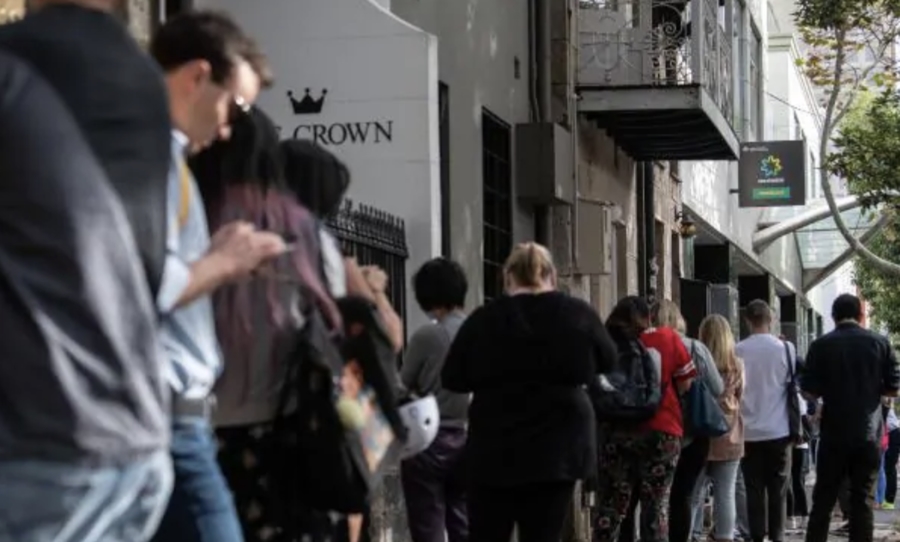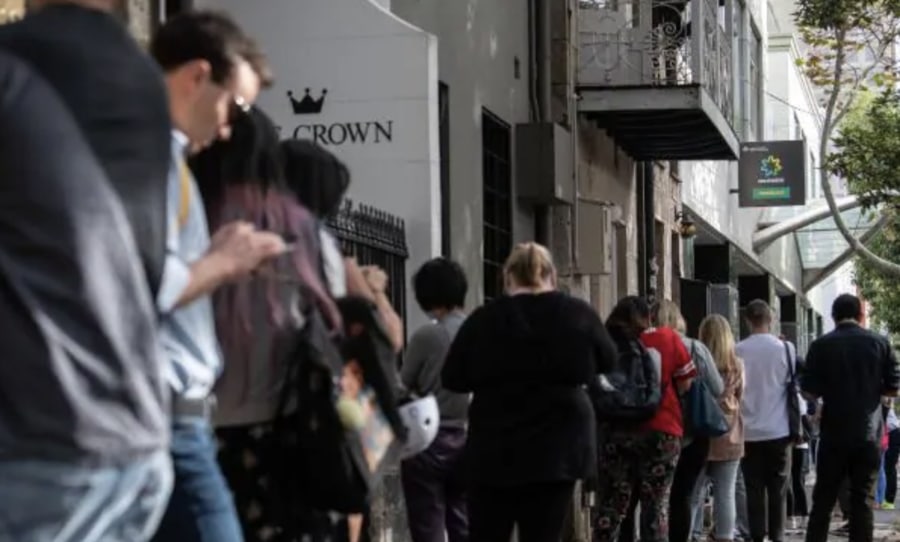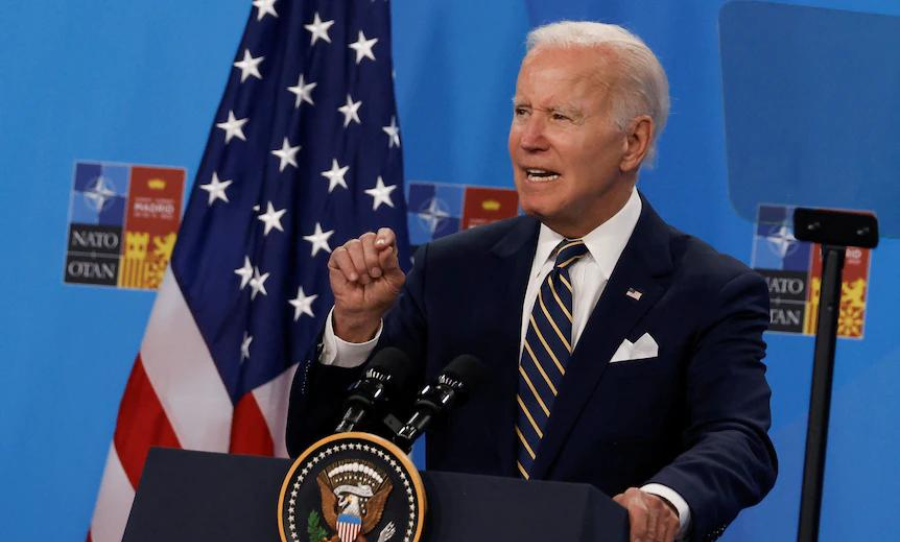Amidst the unfolding coronavirus situation, Centrelink offices around the country have opened this morning to enormous queues of people, whilst the MyGov website has crashed due to unprecedented demand.
It comes after numerous State Governments yesterday announced new restriction measures in attempts to prevent the spread of coronavirus.

Centrelink offices around the country face massive queues whilst the MyGov website has crashed amidst job uncertainty spurred by coronavirus restrictions.
Yesterday, the NSW, Victorian, and ACT governments announced that they will be enacting a shutdown of all non-essential services over the next 48 hours in attempts to prevent the spread of coronavirus. Yet as a result of the new measures, potentially hundreds of thousands of Australians are facing a loss of income and employment.
Non-essential services include the likes of restaurants, pubs, clubs, gyms, and more. Services slated to remain open include supermarkets, banks, pharmacies, post offices, banks, petrol stations, and convenience stores.
Prior to the announcement, the Federal Government revealed that they would be doubling the Jobseeker allowance obtained through Centrelink, in an attempt to provide support to people out of a job during the crisis. Yet for people who have never received a Centrelink payment before, they are required to go into a physical office in order to obtain a Customer Reference Number (CRN).
Hundreds have lined up at Centrelink offices across the country this morning, with some spaced out in 1.5-metre increments. Allegedly staff are operating a “one in one out” system to abide by social distancing rules.
For those who already have a CRN, they are able to claim through the MyGov website. Yet as of this morning, the website has crashed.
Over the weekend, Prime Minister Scott Morrison announced that the government were working on rental assistance packages in order to protect tenants who are unable to pay rent for up to six months. We’ll keep you updated on more as it comes.
JUST IN: This is the line at Centrelink Burwood as people wait to register for #coronavirus relief measures. @Danielle_Post #9News pic.twitter.com/QkOmIZCdzp
— Nine News Sydney (@9NewsSyd) March 22, 2020
Big lines at Centrelink this morning. #coronavirus #COVIDー19 📸 Michael Clements pic.twitter.com/c7925n4szr
— Leah MacLennan (@lmaclennan) March 22, 2020
This is the line for Centrelink in Moreland Road, Brunswick. There is zero physical distancing (except at the end) and only one person I saw was wearing a mask. The line goes around the corner. pic.twitter.com/qCrjtfDVGY
— Karen Sweeney (@karenlsweeney) March 22, 2020
Line at Centrelink – #COVIDー19 #Coronaaustralia pic.twitter.com/mX492QOIpj
— Chris De Bonis 🤙🌱 (@cruticus) March 22, 2020
Line outside #Newcastle #Centrelink office in King St. Security letting one in one out. One woman lost her job at a local bar yesterday. Another man runs his own travel agency 😕 pic.twitter.com/q1r0BNwW4p
— Liz Farquhar (@lizfarquhar) March 22, 2020
Thousands of people outside @Centrelink offices across Victoria this morning. This was just half of the line at Abbotsford. Many have been queuing since 8am… @10NewsFirst pic.twitter.com/tXlV6gl44E
— Kristina Costalos (@kcostalos) March 22, 2020
Centrelink line. 8:45am QLD. More thank 100 Mtrs long and counting. The most vulnerable R leaving the line. Elderly, wheelchair bound. Its taking hours to see some1 inside. I only have to drop off forms. An absolute debacle.They R letting ppl in 4 at a time. pic.twitter.com/5tvhY87lA4
— Fantastic Fiona (@FantasticFiona1) March 22, 2020
MyGov is down. #agcc pic.twitter.com/vG9igs60Kw
— Justin Warren ⬡ (@jpwarren) March 22, 2020



